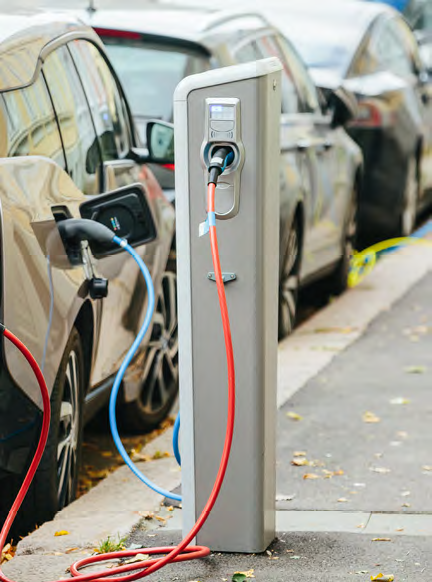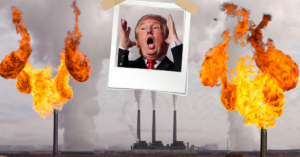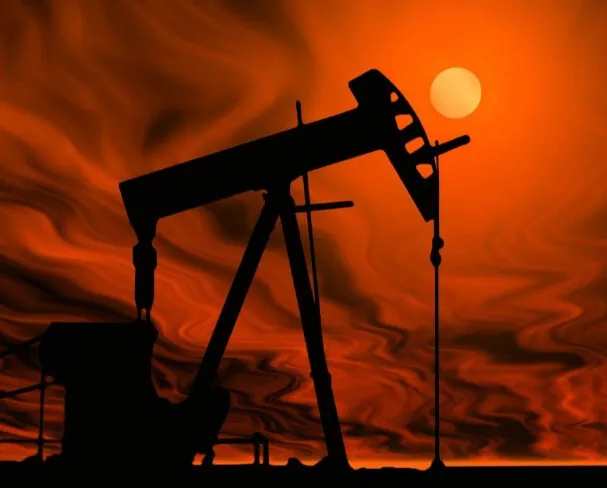|
Getting your Trinity Audio player ready...
|
Even though the President supports mining in the US, his policies might send US minerals into foreign-made EVs sold back to Americans. This strategy might lead to mineral dependence rather than the dominance he craves.
President Trump’s call for “mineral dominance” may have the opposite of its intended effect. Last week, the President signed three Executive Orders (EO) on mining. One declares a critical minerals “emergency” (Emergency EO); another speeds mine permits, weakens community voices, and bankrolls the mining industry (Energy EO); and a third opens up tens of millions of Alaska’s protected public lands to oil, gas, and mining (Alaska EO).
As we know, mining makes minerals, and often demand for certain minerals comes from electric vehicles (EVs). Yet, the President intends for fewer EVs (less supply) to be built in the United States. This is because the Energy EO directed the Environmental Protection Agency to start rescinding its Clean Cars rule. And with the help of Congress, the President hopes to repeal EV incentives in the Inflation Reduction Act.

While the Clean Cars rule does not care how cars are made, it does encourage EVs by limiting vehicle tailpipe pollution. The IRA helps customers purchase EVs with batteries made without Chinese minerals, but instead made with minerals from the US and its allies. Changing these IRA mineral sourcing provisions may open our markets to more foreign battery mineral imports. China already builds more and cheaper EVs than the US. Without the Clean Cars rule and the IRA benefits, US-made EVs may become less competitive.
While the President wants fewer US-made EVs, he simultaneously wants to increase subsidies for domestic mining of public minerals. If the US builds more mines, but fewer EVs, where will our minerals go? Some may go to the military, but many will also go into EVs built elsewhere, potentially including China. The Energy EO does direct the Commerce Department to consider trade actions, but says nothing about export controls for domestically mined minerals.
More domestic mining has implications for mineral supply chain commerce because foreign mining companies frequently claim public lands as their own. Under the 1872 Mining Law, public lands may be claimed for mining by anyone—foreign or domestic—almost entirely for free. The government has almost no power to deny a valid mine claim.
A policy of more US mining, coupled with fewer US-made EVs, equals more plundering public lands for free, then shipping our minerals abroad. Some of those minerals may return to US markets in the form of EVs for purchase by American customers. In the President’s vision of mineral dominance, Americans buy EVs built from our own minerals we gave away for free, sometimes to foreign adversaries.
Rather than dominance, this policy results in mineral submission.
It’s not yet clear how much of this strategy the President can actually accomplish. If the President truly wants mineral supply chain strength, he would ask Congress to modernize our 1872 Mining Law to lease minerals, generate taxpayer revenue, and balance our land use needs. He would create more circular supply chains that reduce demand for new mines through mineral reuse and recycling. He would craft trade policies that require due diligence to avoid or remedy violations of environmental, human rights, and labor protections throughout the mineral supply chain. He would make a case for cooperation through stronger standards across the world, rather than surrender to the lowest common denominator. The President’s mineral policy so far does not build supply chain strength. It’s all a projection.


